Professional Treatments
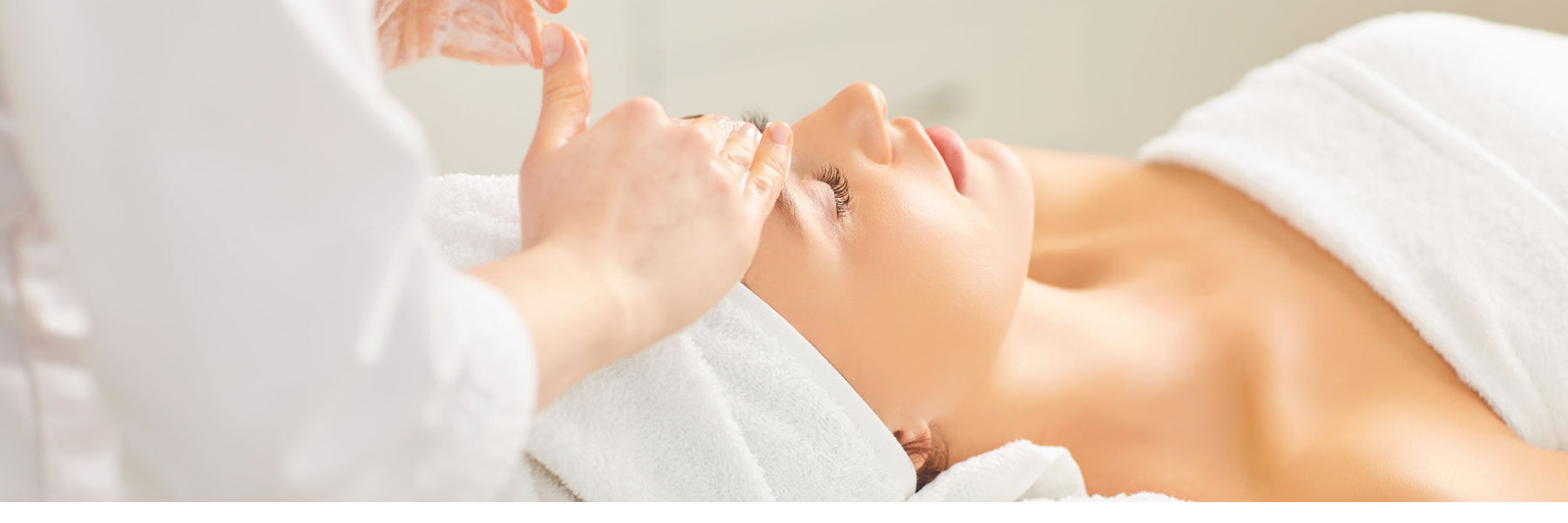
Improving skin is in our DNA and how it’s done makes all the difference. That is why we always have and always will be supporters of professional, in-office treatments with continuing at-home care. Skin is constantly in the state of battle – against the sun, pollutants and environmental invaders. And it takes a team to keep it healthy. You. Your skin practitioner. And professional skincare.
Based on research, studies, and experience, when professional treatments are supported by daily clinical skincare programs, better results can be expected and are the realistic set points for sustained improvement.
You can find a skincare professional near you here.
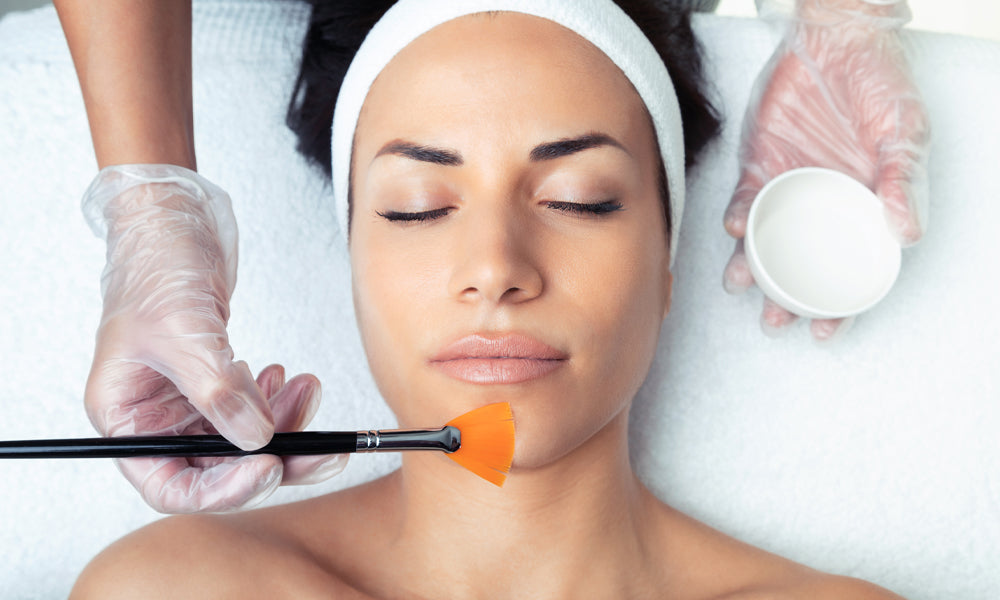
Chemical Peels
Chemical peels, regardless of type, are rejuvenating treatments. Acting as exfoliators, they remove the layer of dead cells that sit on the skin’s surface and stimulate the production of new healthy epidermal cells beneath. They work by introducing controlled injury to the skin to a specific depth.
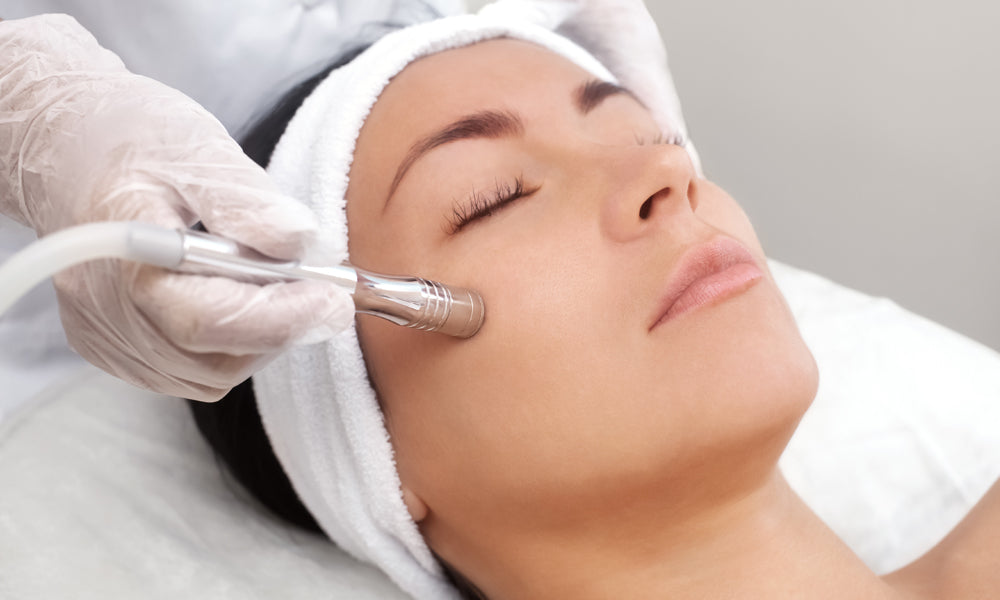
Microdermabrasion
An exfoliating procedure, microdermabrasion removes the superficial layer of dry, dead skin cells, and buffs and polishes skin. Most suitable to reduce fine lines, uneven pigmentation or clogged pores, the treatment produces the best results from a series scheduled at 1-2 month intervals.
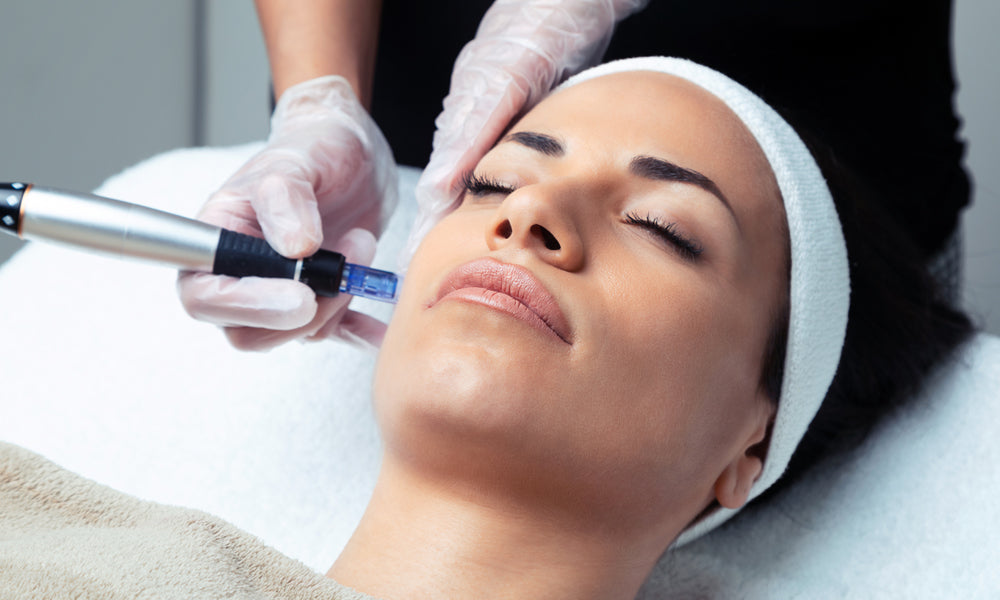
Microneedling
Exactly what it says: a procedure that uses tiny needles to puncture the top layer of skin to create hundreds of tiny, invisible puncture wounds. It’s a minimally invasive treatment and works on the premise that the micro-injuries stimulate the body’s natural wound healing processes, resulting in cell turnover and increased collagen and elastin production.
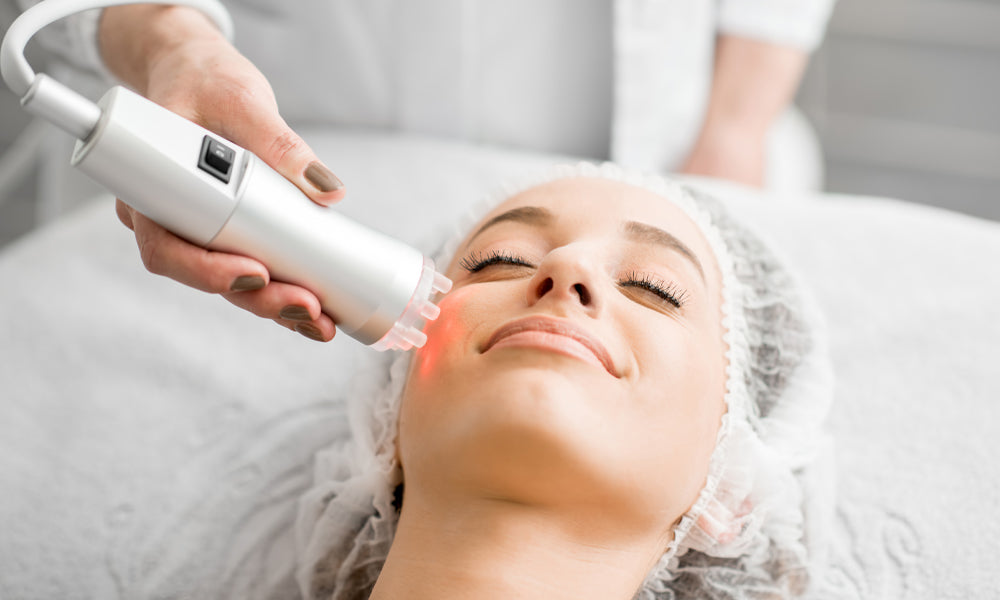
Non-Ablative Lasers & Light Therapy
Laser/light therapy is a non-invasive therapy that uses light energy to repair and regenerate skin cells. The procedure reduces the need for medication, improves the outcomes for treated skin conditions and increases the recovery rates of affected tissues. It energizes cells, promotes collagen for new cell production and reduces inflammation.
